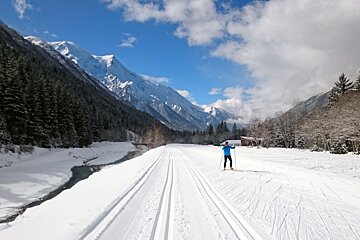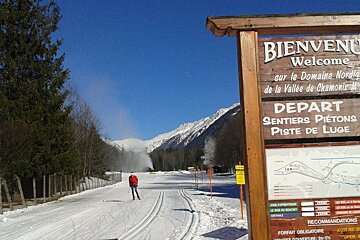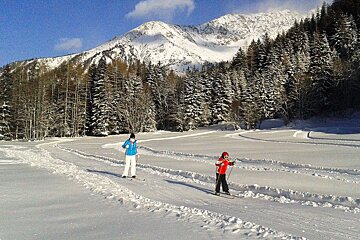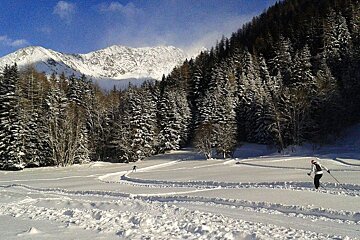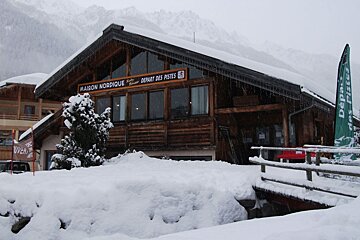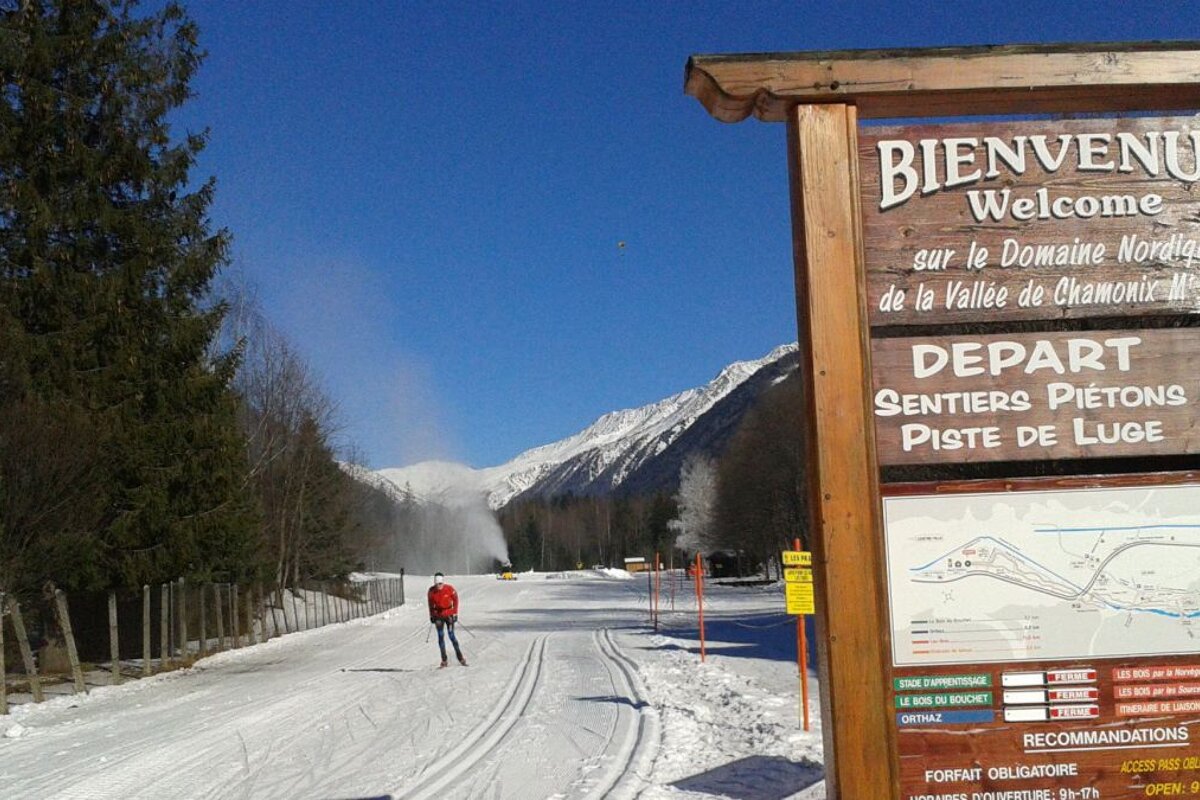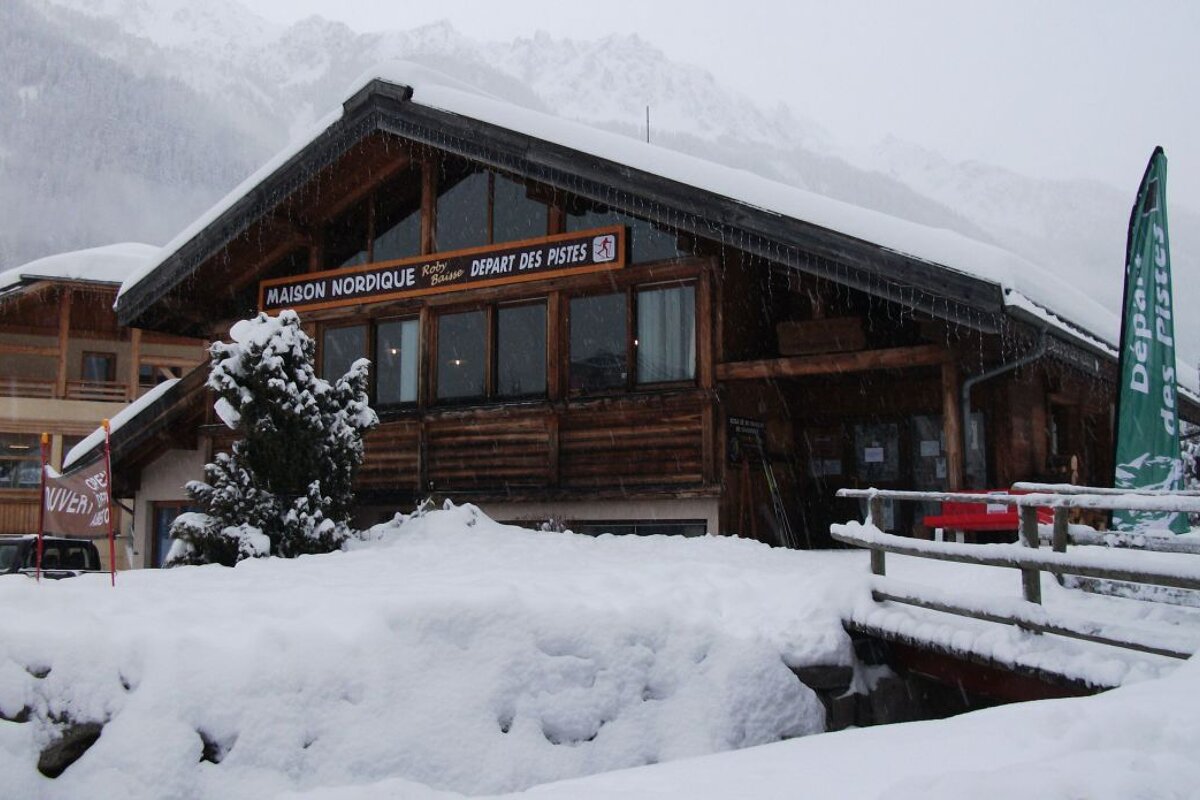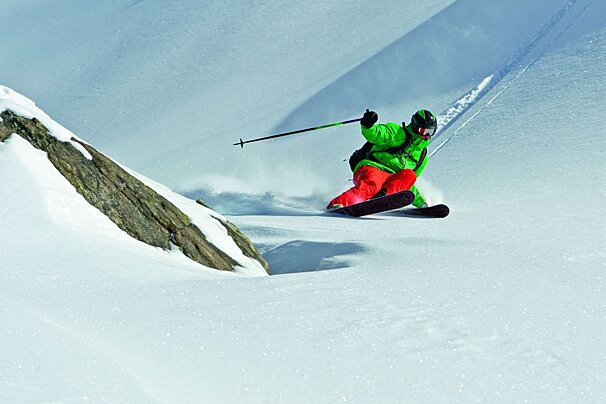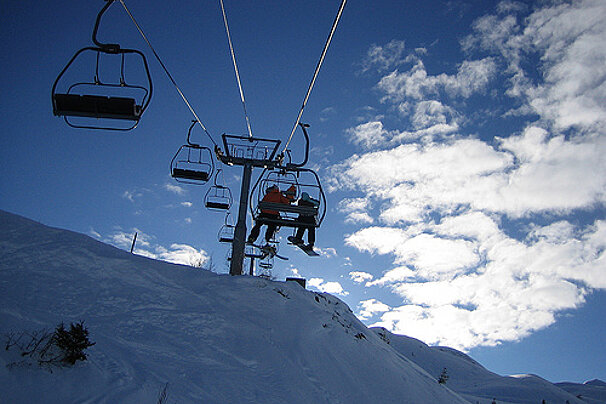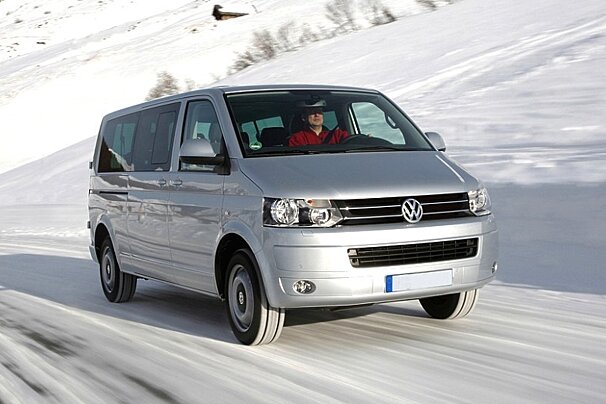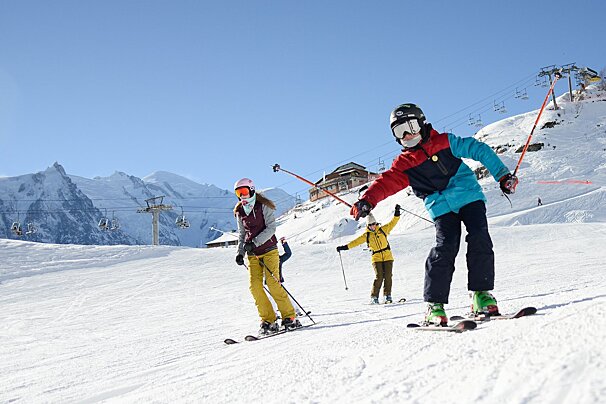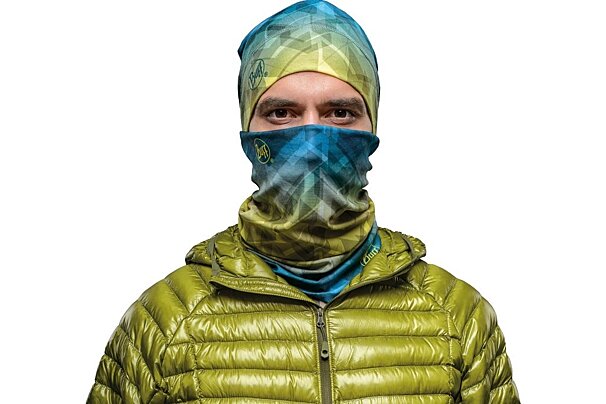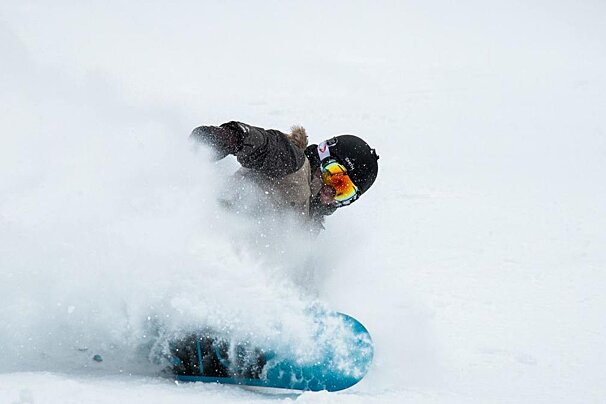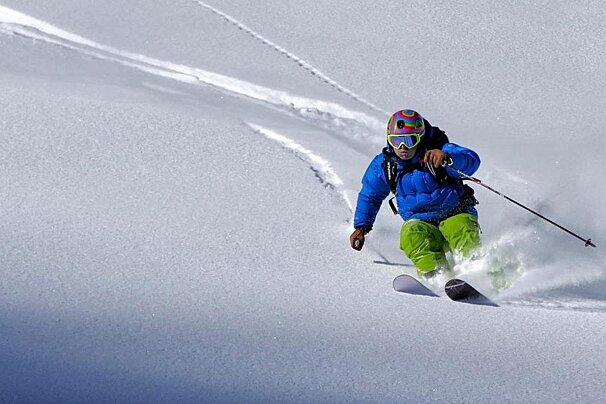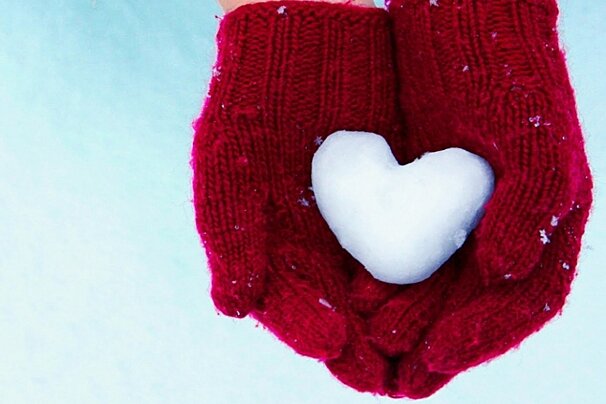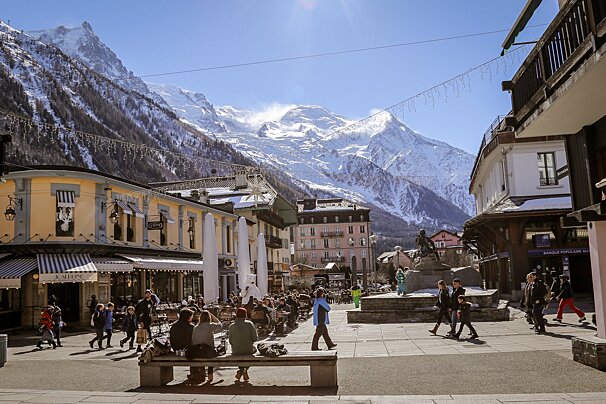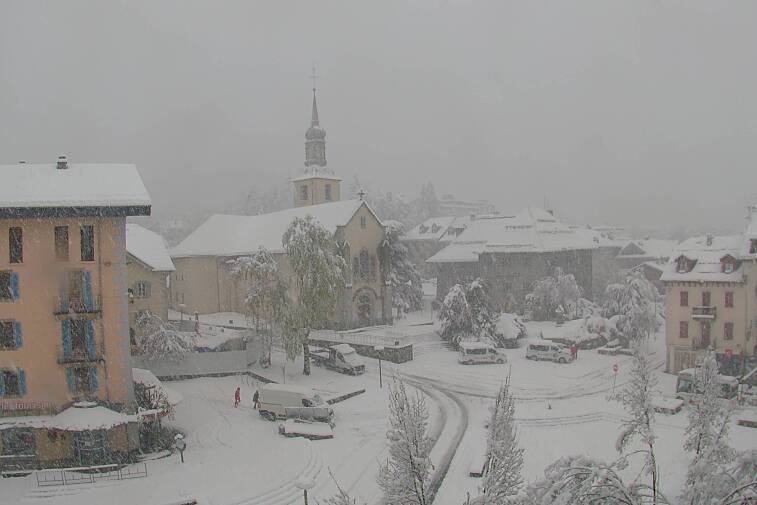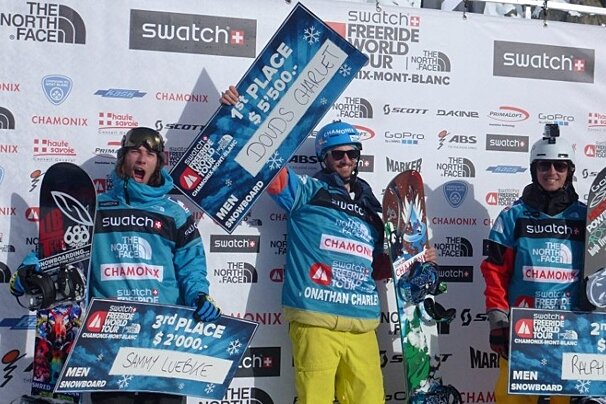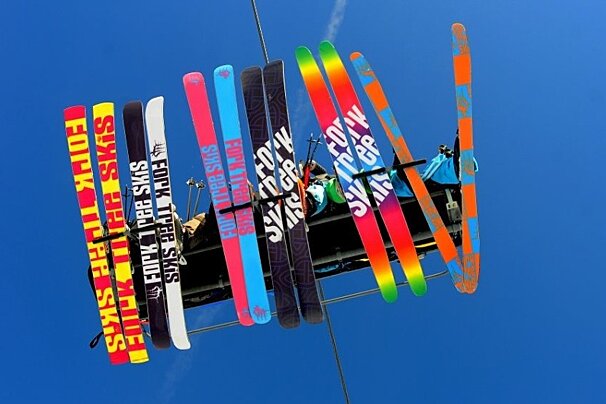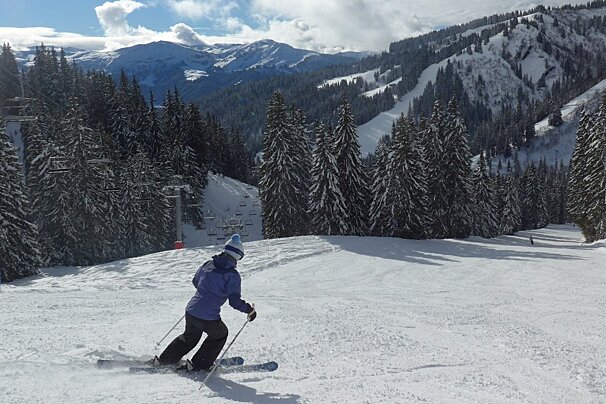
Cross-country Skiing in Chamonix
Discover the top Chamonix nordic skiing
Chamonix has almost 60km of pisted cross-country ski trails that criss-cross the valley from Les Houches all the way to Vallorcine.
Tracks are maintained for both the classic and skating styles, usually side by side on specially prepared pistes. These trails all operate on a one-way system (for obvious reasons), and you can buy a pass before setting out, usually from the lodges at the beginning of the trails. The trails are patrolled and it is likely that your pass will be spot-checked.
The pistes are generally open from 09:00 to 17:00 each day (snow cover permitting) and are maintained each evening. Walkers (and their dogs) are requested to keep to the marked pedestrian trails (which are free access) and not stray onto the marked ski trails.
Les Houches
There is a short (2.6km) trail by the lake at Les Chavants, which is free to use and marked as a green piste. For longer, harder trails you need to take the Prarion gondola up to the main ski area, where you will find blue pistes at 1,000m starting from just after Le Prarion lift (6km), and others at 1,800m (10km). Cross-country skiers only need purchase a pedestrian pass to access the lift.
Chamonix
Trails start from the Foyer du Fond, situated on the main road to Les Praz/Argentière (opposite the MBC bar) from where piste passes may be purchased. There is a 3km circular green route through the woods of the Bois du Bouchet, which links to a further 17km of more demanding blue and red graded trails that lead to Les Bois and back. There are some beautiful trails through the trees and alongside the river.
Les Praz
Starting from near the Flégère lifts try the long green circuit (6km) around the golf-course. It's free to use and you can take a bus or train to get there, or drive and park at Flégère. Also the restaurant at the golf course is a lovely place to stop for lunch.
Argentière
The trails begin in Les Grassonets, just before you reach Argentière itself (on the right after the avalanche tunnel), near to the tennis/squash courts. The trails start out fairly flat (greens or blues) for 6km, and if you carry on through to Argentière there are steeper sections, classified red (10km). Pop into La Crémerie du Glacier along the way and reward yourself with a cheese-laden lunch or hot drink.
Vallorcine
You can start by the tourist office in the centre of the village or in Le Buet, the village before Vallorcine. There are around 10km of trails meandering through picturesque woodland and along the banks of the river “Eau Noire”. They are mainly blue and red routes, best suited to beginner or intermediate skiers. If snow conditions permit, there is also a beautiful trail that will take you as far as the Col des Montets.
Just outside the valley you can also go to Les Contamines, Les Saisies and Val Ferret (in Italy, via the Mont Blanc Tunnel), or over to Saint Gervais and Megève in the Evasion Ski area.
You will require a trail pass for most of the pistes - there are a few different options ranging from day passes for one area to annual passes that cover the whole of the Haute Savoie. You can find all information on our ski lift pass guide.
Jump to
Book a cross-country ski lesson

Whilst cross-country skiing appears to be just walking, which it is on the flat and even on the uphill sections, going downhill is trickier than it looks. A lesson will provide you with the basic knowledge and skills that will allow you to tackle uphill sections and more importantly come back downhill nice and safely. You will learn the basic descending style of one ski in the pre-formed track and one as a snowplough type brake. Once you’ve mastered this try and ski downhill in a snowplough type position.
Cross-country skiing

What to wear
Many cross-country skiers you see in resort wear clothing more along the lines of cycling apparel rather than that of normal alpine skiers. It gets very warm cross-country skiing, so wear layers that can be removed as necessary.
Take a rucksack for your clothing and supplies, and don't forget some snacks and plenty of water. The “camelbak” type hydration backpacks are great for cross country skiing, room for your layers and a drink combined as well. They also mean you can grab a drink without having to take your rucksack off and when you are drinking regularly this really helps. You will need around one litre of liquid for a three to four hour ski session. You can burn in the region of 1,500 calories in a two hour cross-country session at fairly high intensity, so you will need to keep your energy levels up. Bananas are always a great snack when exercising, the slow release potassium really helps fight fatigue.
More fitted trousers will help with the technique of both classic and skating, less chaffing as your legs move. Helmets generally aren’t worn but you may want a bobble hat or headband to keep your ears warm. Remember it gets really warm going uphill and cooler going downhill. Gym or cycling base layers are great if you have them or something with a wicking layer. The wicking fabric helps remove the sweat from your torso and keep it in the material itself which helps keep you cool when climbing and also stops you getting cold when descending.
Classic or skating style
As a beginner go for classic style, where you generally keep your skis in a straight line and it’s more of a walking style, this is the basic style to initially master. Once you’ve mastered classic style you may decide this is for you and continue with your development of the technique. Alternatively, you may decide to take up skating style, this is the more advanced technique that you see the biathletes using. It’s more advanced and requires a more technical skill set.
Top tip: To begin with stick with classic and see how you get on.
Skis and poles
There are different skis for classic and skating, so make sure you get the right skis for the type of skiing you are going to do. The skis are longer than normal alpine skis, somewhere between 95% and 105% of your height, the poles are much longer too (between chest and shoulder height in relation to your body) for pushing uphill, so don’t be tempted to try and use your normal alpine ski poles.
Most cross-country skis are “wax-less” as the traction for going uphill is provided by a “fish scale” type grip pattern on the central section on the bottom of the ski. If your skis don’t have a “grippy” section on the bottom you will need to wax them for traction, then you need to get the right wax.
Soft wax = more grip uphill, but slower downhill. Hard wax = less grip uphill, but quicker downhill.
Top tip: To begin with get skis with a “grippy” section to eliminate the wax issue.
Boots
Make sure your boots fit well, nice and snug. Cross-country ski boots are more like a hiking boot, in many ways similar to a winter ankle style cycling boot. Ensure they fit well as you are basically walking and jogging in them whilst skiing for several hours a day.
Hiring equipment
You can hire cross-country ski equipment from a number of ski hire shops in resort. Check in the shops for current prices.
More inspiration...
Find the cross-country ski maps for Chamonix.
Take a look at this year's ski lift pass prices and if you're not sure which one to buy, read our guide for more information.
